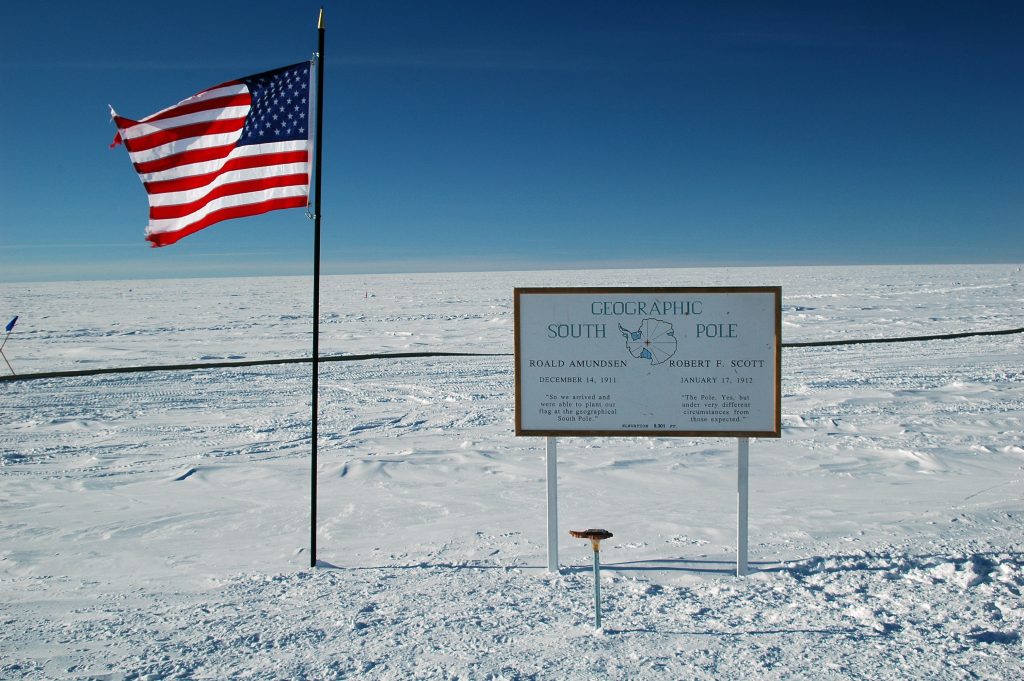Since arriving at Gray Knob Cabin, exactly one month ago, I’ve logged over 150 miles of trotting around on the trails of the Northern Presidential Range in the White Mountains. Some of these miles were fairly easy, like my daily jaunts over to The Perch or Crag Camp while on my caretaker duty rounds, or the leisurely stroll along The Link trail between Cascade and Castle Ravines further down the mountain where the path truly looks like a path: walking on the soft brown hummus soils that wind through the open wood, sparse ferns and fallen leaves dressed along the side of the trail and making up most of the under story, and a dapple of sunlight drips through the thinning canopy while a comfortable breeze swings by on occasion rustling the stubborn leaves still holding on, kissing the micro-beads of perspiration on your brow and caressing your body.
Some of the miles have been more strenuous and harder to earn. Like the miles I will hike after posting this dispatch when I haul 40 or 50 pounds of groceries and supplies back up the three miles and 3,000 vertical feet from the comfortable depths of the valley up to Gray Knob to sustain me for the next week or so. Or the arduous miles logged along the west side of The Cornice trail where there is no trail at all, but rows of cairns strung out across the large boulder debris field and each step is a curtail test of agility, balance and the hope that your boot sticks to the lichen covered rocks and that the rock doesn’t teeter or shift under your weight.
The fact that I’ve had the time to calculate out these miles goes to show how much time I have on my hands up at Gray Knob during the fouler days when I just stay in with a warm cup of hot coco. But what should also be noted, is I have not yet been driven to count the contour lines that I have crossed over the past month. But if I had to guess, I suspect my vertical footage counter is well into the 10’s of thousands of feet.
This last stint at Gray Knob we had our first flurry of snowfall overnight that only left traces on my banister and was gone by mid morning. The weather was particularly beautiful and the trails were calling. I logged over 40 miles, most of which were spent exploring on and around Mt. Jefferson. At 5,716 feet, Mt. Jefferson is the next major peak along the range from Mt. Adams. It’s a shy mountain, the summit cone is often enshrouded in a thick cloud; it gets much of the spin-off weather from the nearby Grand-daddy of peaks, Mt. Washington (6,288′).
My first trip over to the neighboring Mt. Jefferson was to circum-navigate it via The Cornice trail. It mostly follows the contours between 5,000 feet and 5,300 feet, starts near Edmond’s Col and I circled around clockwise with the hopes to keep the sun behind me for good photo opportunities. This worked to a certain degree. It was sunny as I approached Monticello Lawn on the south side of Mt. Jefferson, but as I worked my way north again along the southwest slope, the clouds and fog started to roll in and the views became patchy. As I approached the Caps Ridge Trail junction, the sun would poke through and highlight bits and pieces of the mountain terrain around me, including the rocky knobby outcroppings called “The Caps.” But I would have to be very fast with my camra, as the wind had the clouds in the fast lane and they were whipping by, over and all around me. Finally, as I worked my way across the long boulder field, not following any sort of trail or path, just the line of cairns dotted among the boulders, the fog filled in from behind me and my view remained obscured until I rounded past the Castle Trail and got into the relatively lush north side of Mt. Jefferson. The winds abated some as I entered the wind shadow of the mountain and the clouds cleared some allowing me to catch glimpses across the dramatic landscape of Castle Ravine, and my eventual route home over the top of that same headwall.
A few days later, after a very windy and blustery storm blew through, while I was happily ensconced in the cabin, I headed out to explore the waterfalls of Cascade and Castle Ravines. In Cascade Ravine, the ‘cascades’ were mostly made of barren rock and the gentle autumn runoff waters, having exhausted themselves of the previous winter’s snowpack runoff, continued to spill down the steps. In Castle Ravine, the rocks were covered in thick emerald carpets of moss and the waters wriggled their ways around, sometimes rushing enough to be stirred up into a gentle white froth.
The climb up The Link trail to Castellated Ridge was an intimate experience with the mountain. The trail was winding, narrow and steep. It wasn’t difficult to see over the trees below me, because the steep slope kept them below me. The Mountain Ash branches were burdened by the many bunches of berries, still untouched by the sparse bear population, who had plenty to eat down below and needn’t be bothered with climbing steep slopes like this one to harvest their berry meals.
Before I knew it, I was at the Castle Trail junction where a hiker coming down warned me of the rough trail I was about to embark on. Little did he know I had just climbed 700 feet in the last half mile. But he was right. Castle Trail above The Link is rough, but it’s a playground of climbing up and over huge boulders and jutting rocks, two prominent such features are distinct enough to be called ‘The Castles.’ This is a spot I want to visit again. From the Castles, the ridge continued to climb up the northwest arm of Mt. Jefferson. Again, the summit was clouded in, but I continued upward, broke through the cloud ceiling at 5,100 feet and was guided from cairn to cairn until I reached a rock that had a pin in it and there were no rocks higher. The world had disappeared from my view and from my thought. There was some wind, but it wasn’t fierce and I spent a moment enjoying that I was at the top and could see nothing but my own thoughts.
Just as I entered the clouds, I climbed down out of them and the world came back into view as I approached Edmond’s Col. Again, I crossed the headwall of Castle Ravine and occasionally looked back to see Castellated Ridge and bask in the beauty of the fresh memories it provided me. Each time I looked, I renewed my vows to return to that ridge and was overwhelmed by my sense of gratitude and elation for having such a beautiful place in this world and how it eternally warms my heart.


